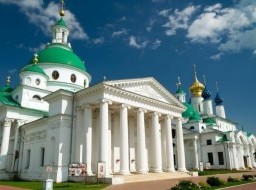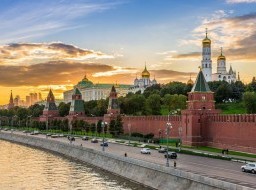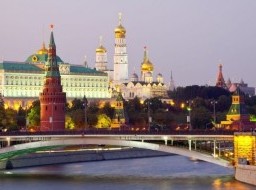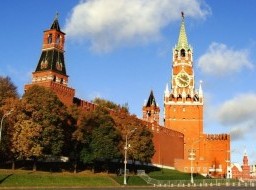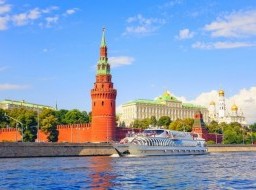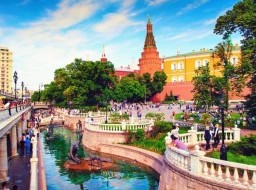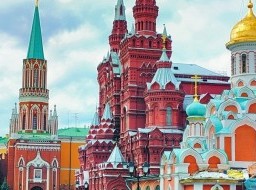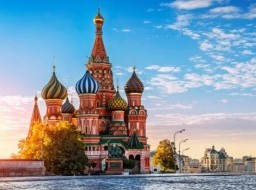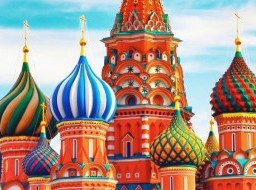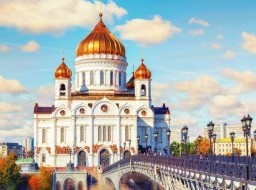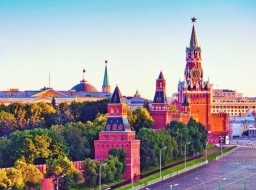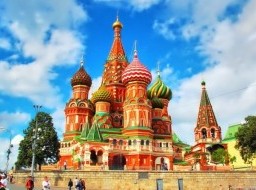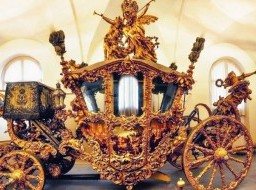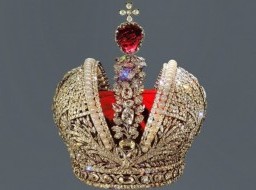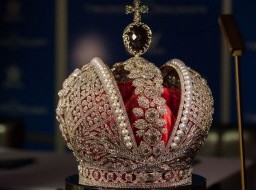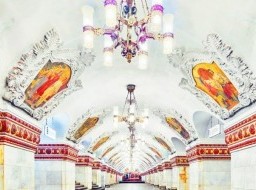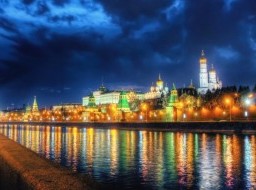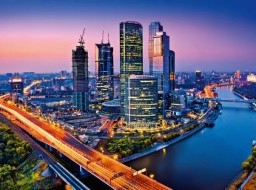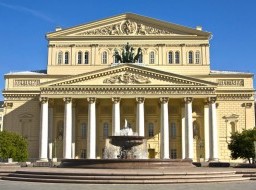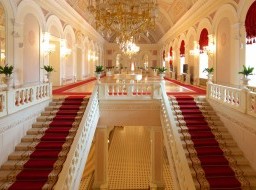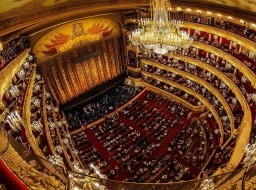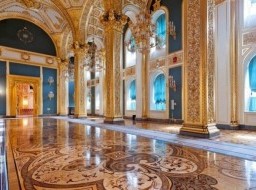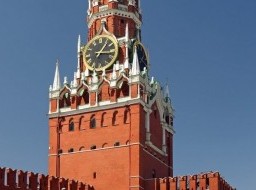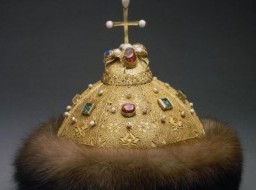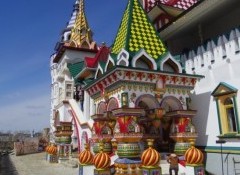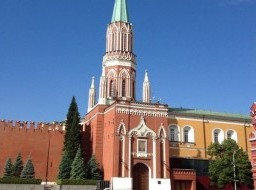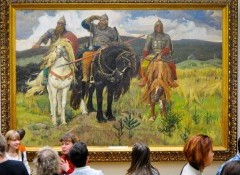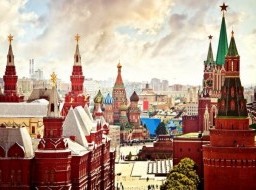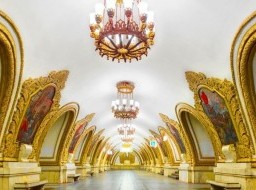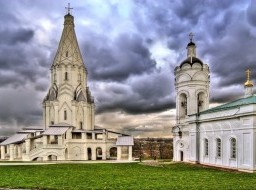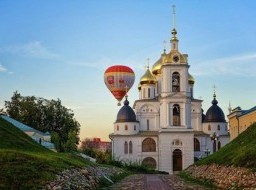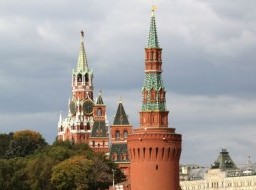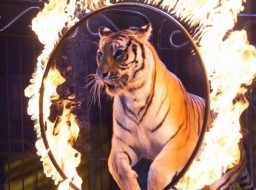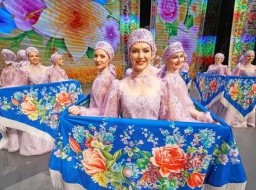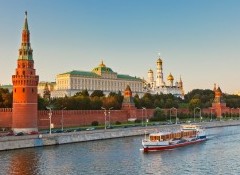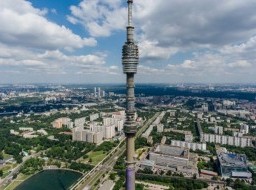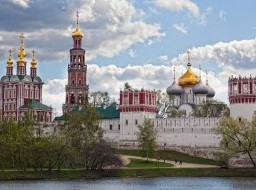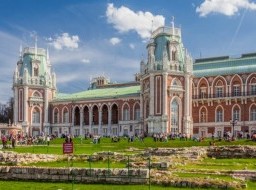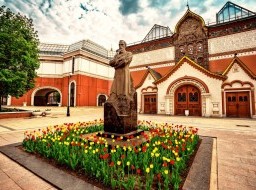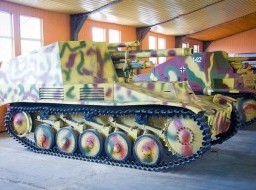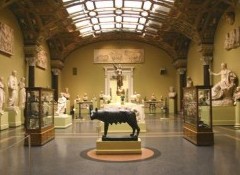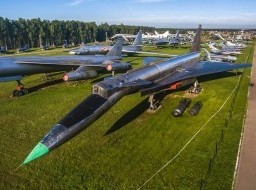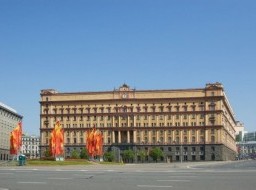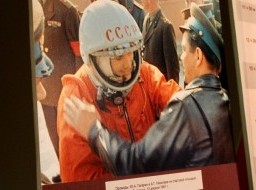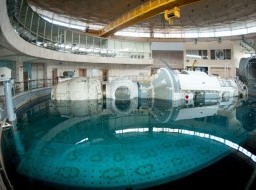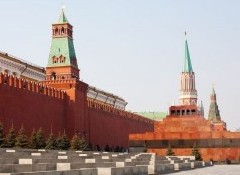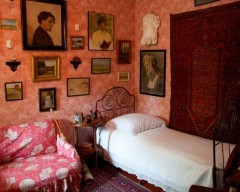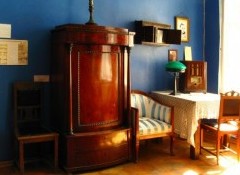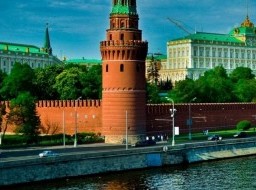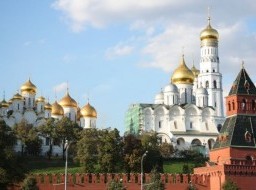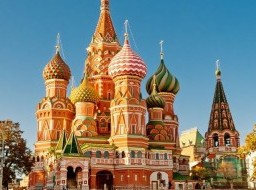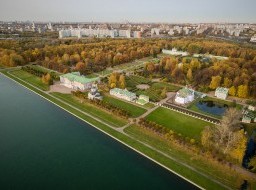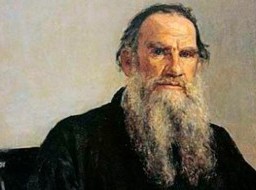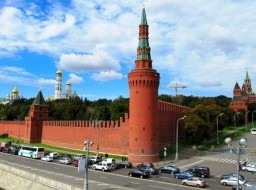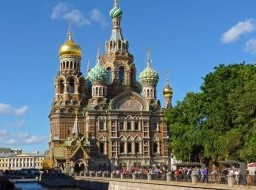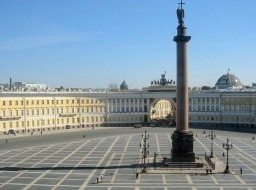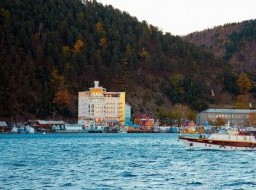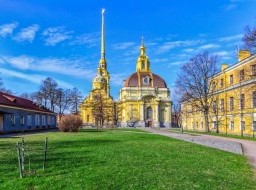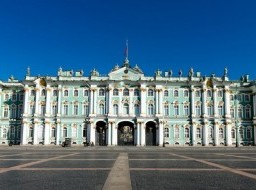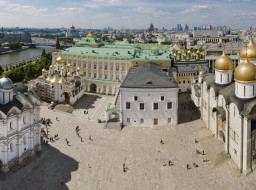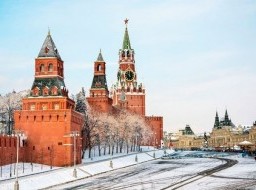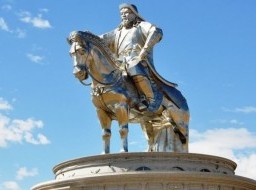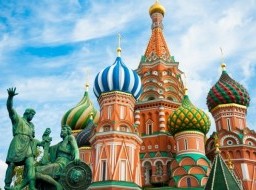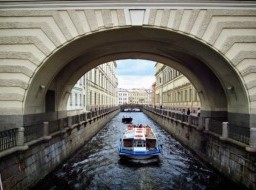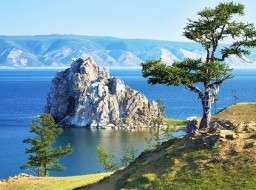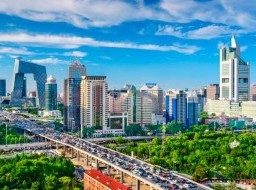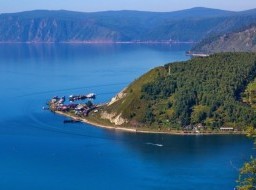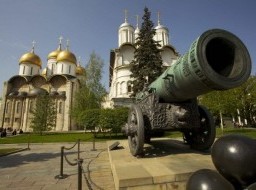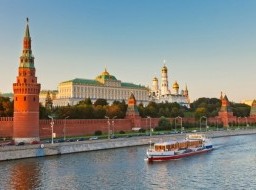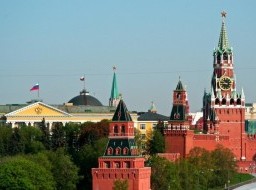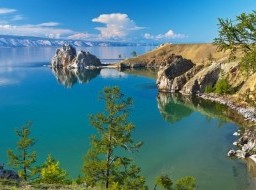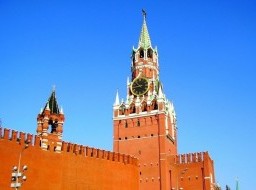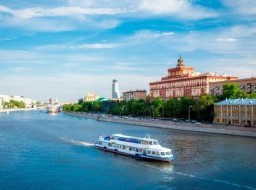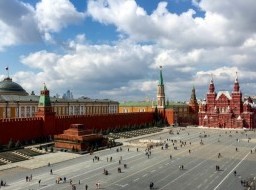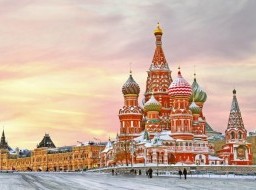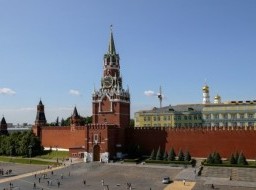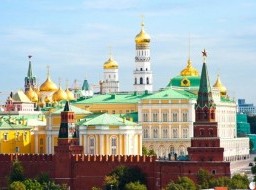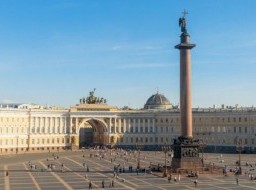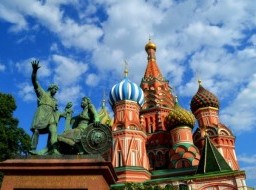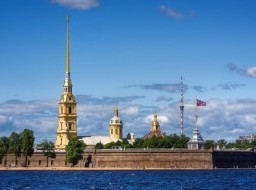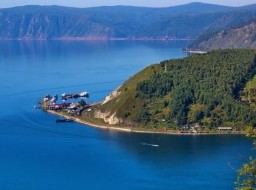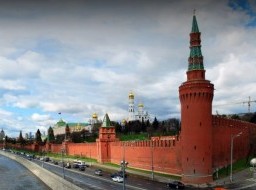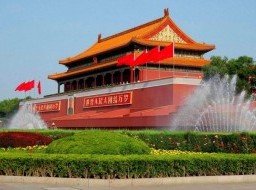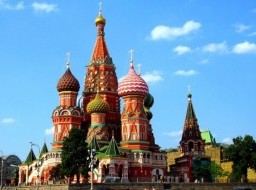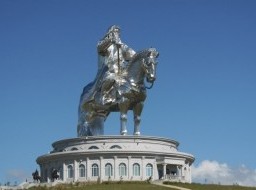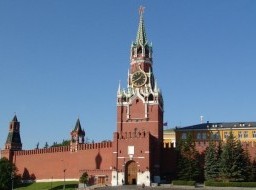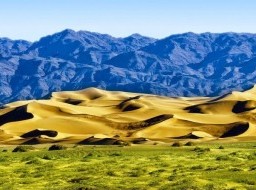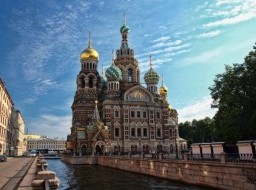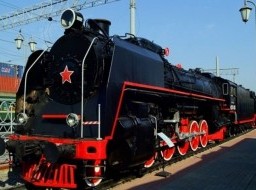The Pushkin Museum of Fine Arts
One of the richest world collections of fine arts from the time immemorial to nowadays is treasured in the Pushkin State Museum of Fine Arts that is favorably situated in the very center of Moscow, close to the Kremlin and Red Square. Nowadays it is the second, after the Hermitage in Saint Petersburg, largest museum of foreign art in Russia. The Pushkin Museum of Fine Arts Museum originates from the Cabinet of Fine Arts and Antiquities, established in the 1840s on the initiative of professors and scientists of the Moscow University. Wonderful collections of the Cabinet formed the basis of the exposition of the new Museum of Fine Arts. For the construction of the museum's building the territory of the former Carriage (Kolymazni) court that is in the very center of the city not far from the Kremlin was given by Moscow Duma to the University. The winner of the architectural contest and the author of the project was Roman Ivanovich Klein. He designed the building that reminds greatly of an ancient classical temple on the high podium with the Ionic colonnade along the facade. Its splendid interiors were decorated according to the styles of certain historical periods that were to be represented there. The Pushkin Museum of Fine Arts is Moscow's premier foreign-art museum, showing off a broad selection of European works, including masterpieces from Ancient civilisations, Italian Renaissance and Dutch Golden Age. To see the incredible collection of Impressionist and post-Impressionist paintings, visit the Gallery of European & American Art. What's left in the main building is still impressive, especially since the place has been revamped, with more modern museum lighting and improved layout. This is only the first phase of a multiyear project that will have the Pushkin expanding into a new complex. In the meantime, the museum has room to show off some of its paintings that have never been displayed before, including Renaissance masterpieces. Artists such as Botticelli, Tiepolo and Veronese are all represented. The highlight is perhaps the Dutch masterpieces from the 17th century, the so-called Golden Age of Dutch art. Rembrandt is the star of the show, with many paintings on display, including his moving Portrait of an Old Woman . The rest of Europe is also well represented from this period. The Ancient Civilisation exhibits contain a surprisingly excellent collection, complete with ancient Egyptian weaponry, jewellery, ritual items and tombstones. Most of the items were excavated from burial sites, including two haunting mummies. Another room houses the impressive 'Treasures of Troy' exhibit, with excavated items dating to 2500 BC. A German archaeologist donated the collection to the city of Berlin, from where it was appropriated by the Soviets in 1945. The solemn opening of the Museum that at first was officially called the Museum of Fine Arts named after Alexander III took place on May 31, 1912. According to the conception worked out by the first director of the Museum, professor of Moscow University, Doctor of Philology and Art Historian Ivan Tsvetaev (the father of famous Russian poet Marina Tsvetaeva) the museum collection was enlarged with the plaster casts of world-famous works of arts treasured in different museums of Europe. Thus the new museum was planned as a depository of copies of famous pictures. After the Revolution of 1917 the Museum was nationalized and its collection was greatly enriched by paintings from expropriated private collections, nationalized Moscow estates and abolished museums and galleries. In the course of the 20th century the Museum changed its name more than once. The establishment was given its present name - the Pushkin State Museum of Fine Arts - in 1937. Nowadays there are over 560,000 works of art exhibited in the halls of the Pushkin State Museum of Fine Arts. The museum treasures Egyptian mummies, antique amphorae and craters with images of Greek and Roman gods and heroes, old steles and sarcophagi, paintings by Rembrandt, Botichelli, Canaletto, Guardi, Tiepolo, impressive collection of Little Dutch Masters, impressionists, postimpressionists and modernists and many other works that form the gold collection of world art heritage. In the last few years the Museum got several new premises that render possible exhibiting of many private collections that for many years stayed inaccessible for the public. |
|
